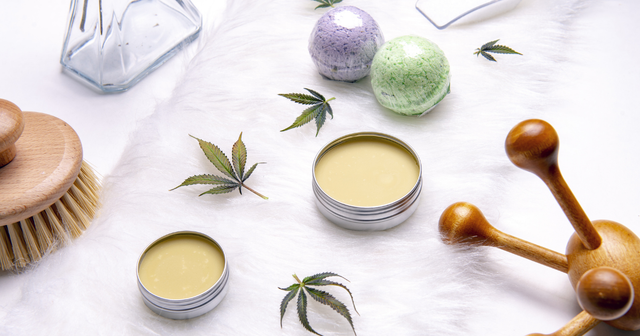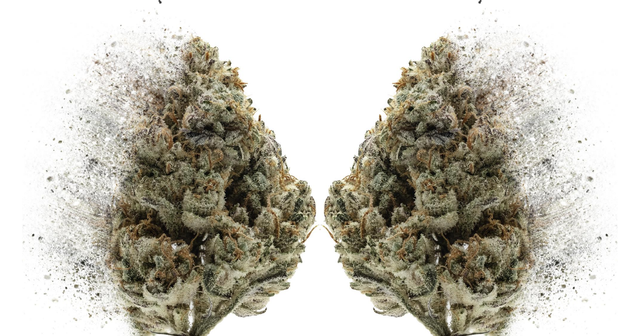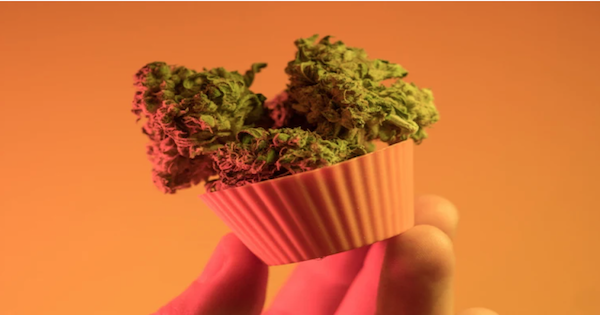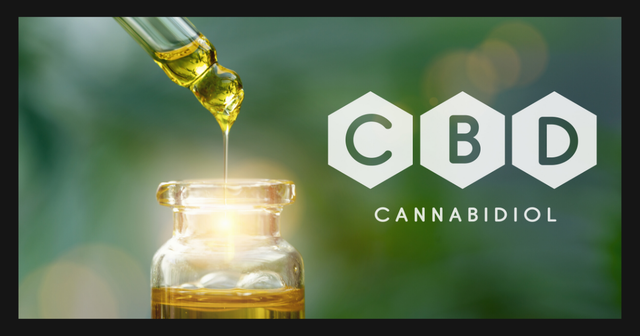How to Read a Cannabis Product Label
Cannabis product labels provide valuable information about the product inside, and understanding what to look for is important to your safety. Written by Tom S.
Back in the Day
The year is 2015: you just got your Prop 215 Medical Recommendation from a doctor you skyped with, and you’re heading to the hole-in-the-wall shop you found on Weedmaps. You fill out paperwork while browsing through issues of Nug Magazine, a free publication advertising all the dispensaries in San Diego. Someone calls your name, and you head back to a small room featuring a glass counter filled with glass jars of cannabis with handwritten labels on every jar. The budtender shows you the specials written on a whiteboard while you look through the jars and narrow it down to two. You then make your decision and purchase. For many of us, this was a persistent habit, and we would continue to return to this shop until the day we’d come back, and it was all boarded up like it was all a dream.

Cannabis has changed significantly. Shops in California now have permits, regulations, and guidelines to follow. With all of this change in the industry, the way we purchase cannabis has changed as well. Cannabis companies in California now must rigorously test all products that go into consumers hands. This means when cannabis is cultivated by a permitted company it must be tested for mold, mildew, pesticides, or any other harmful contaminant before it can go on sale. This testing ensures that the final product that ends up in the consumer’s hand is not harmful to their health. This testing information and more is listed on the packaging, and contains an important set of data you may want to note if you are purchasing cannabis in California.
Knowledge is Power
Consumers now have the ability to pick up a package and know what's inside from what is shown on the label. Knowing how to read these labels is very important. It tells the consumer exactly what they're getting, how potent the product is, what other benefits it might have, quantity, and when it was manufactured.

What to Look for on the Label
As you initially scan the label, you’ll see the product name, cultivar, and weight. A distributor is usually also listed, along with the batch number, so it can be traced with California’s famous seed-to-sale regulations. THC percentages and Total Cannabinoid percentages are standard, but some brands go a step further, listing other cannabinoids or terpene content. Packaging or manufacturing dates are also listed, so you know how fresh the product is. And of course, the METRC UID number is always on the outside label, which is information that is related to the sale and tracking of the product. Some companies include a QR code on their jar that will bring up a page with further information on the product and its testing results.
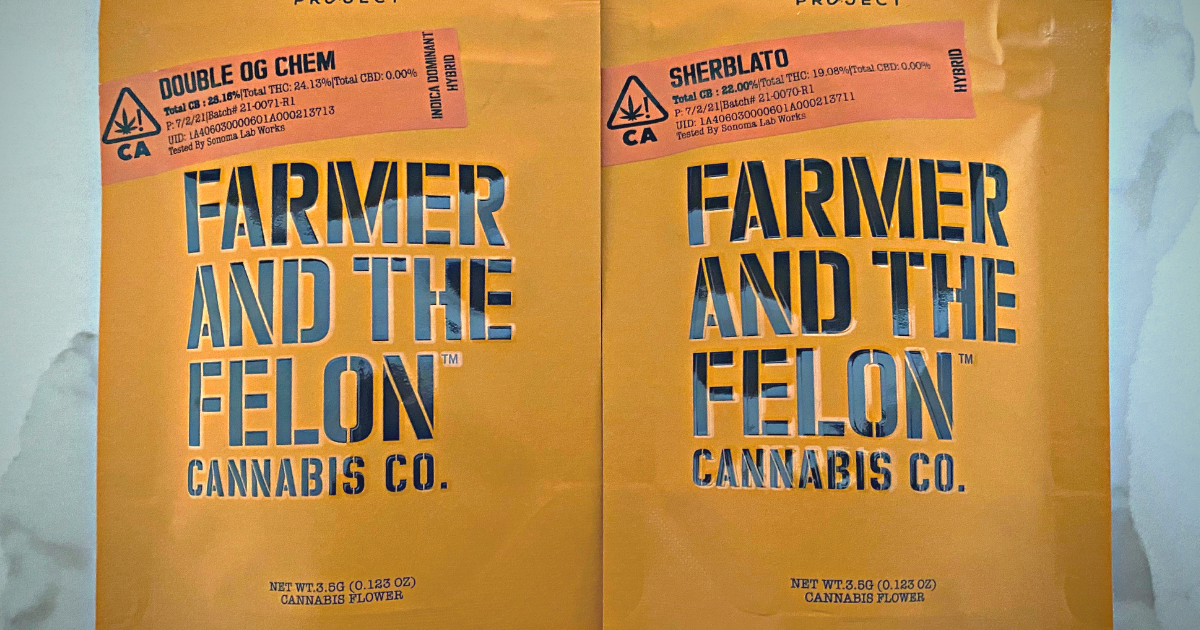
Product Packaging
Packaging comes in many different shapes, sizes and themes. Every company is trying to be the best at what they do and catch the consumer’s attention with their logo, brand and stylized packaging. Do not be fooled, though, much of the packaging is over the top and it’s what’s inside that is of importance. However, there are a couple things that you should be aware of with the different types of packaging. Many companies use clear glass jars to present their cannabis as it’s great to be able to see the bud, but for storage purposes, a UV light-proof jar is a better option for extending the shelf life and quality of your product by protecting it from light.
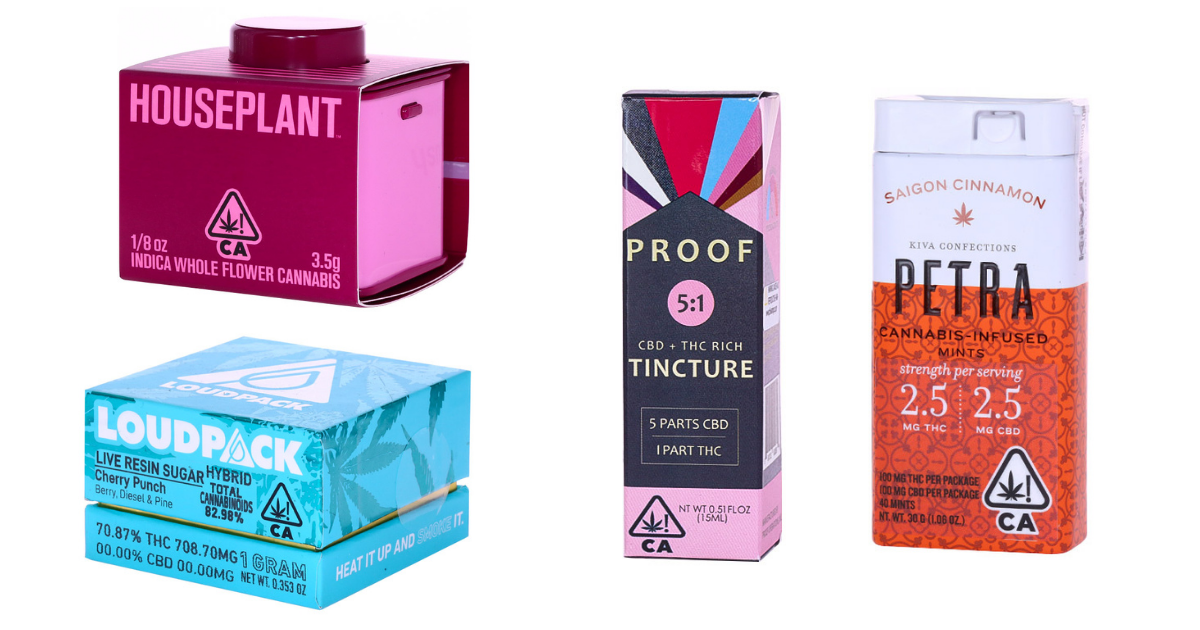
You are now equipped with the weapon of knowledge to slay your cannabis label inquiries, so go and purchase cannabis bravely and responsibly!
Learn More
Click here to read about terpenes and why they are important
DISCLAIMER: THIS SITE DOES NOT PROVIDE MEDICAL ADVICE.
All information, including but not limited to, text, graphics, images and other materials contained on this site are for informational purposes only. No text, graphics, images or other materials on this site are intended to be professional medical advice or a substitute for professional medical advice, diagnosis or treatment. Always seek the advice of your physician or other qualified health care provider with any questions you may have regarding a medical condition or treatment and before undertaking a new health care regimen, and never disregard professional medical advice or delay in seeking professional medical advice because of something you have viewed on this site.
DISCLAIMER: THIS SITE DOES NOT PROVIDE MEDICAL ADVICE.
All information, including but not limited to, text, graphics, images and other materials contained on this site are for informational purposes only. No text, graphics, images or other materials on this site are intended to be professional medical advice or a substitute for professional medical advice, diagnosis or treatment. Always seek the advice of your physician or other qualified health care provider with any questions you may have regarding a medical condition or treatment and before undertaking a new health care regimen, and never disregard professional medical advice or delay in seeking professional medical advice because of something you have viewed on this site.